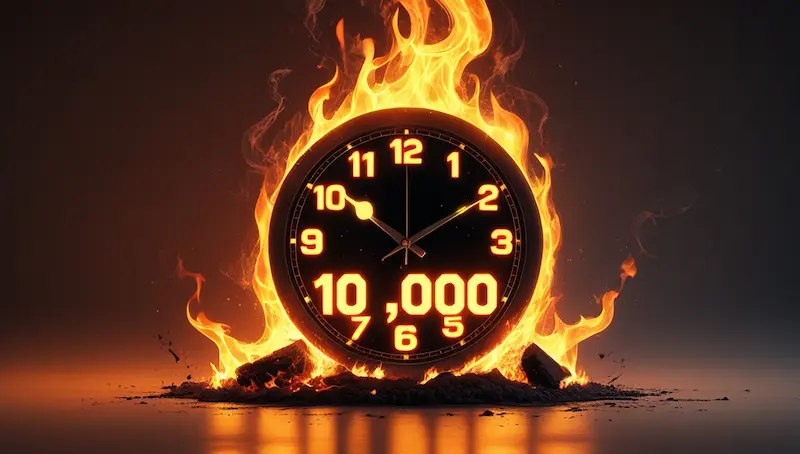

My friend artist, Renata* kindly reminded me the existence of the popular “10000 hours of practice” rule from Malcolm Gladwell.
In the article about “I have been really bad at drawing since my childhood. How do I get started?”
I said that “Practice Practice Practice” is overrated.
See next, why I do not believe in his method.
The idea that you need 10,000 hours of practice to become an expert has become a modern mantra for anyone striving for greatness. Popularized by Malcolm Gladwell in his book Outliers, the so-called “10,000-hour rule” suggests that with enough time and effort, anyone can achieve mastery in their chosen field. But does this rule really hold up to scrutiny-or is it just a catchy myth that oversimplifies what it takes to excel.
Where Did the 10,000-Hour Rule Come From?
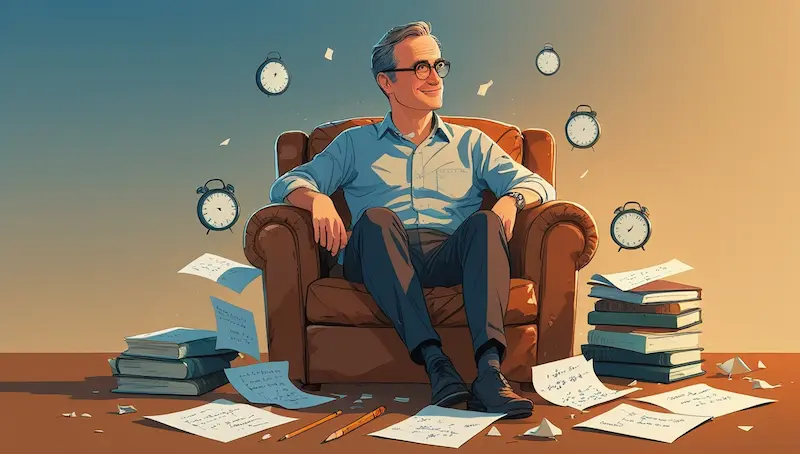
Gladwell’s rule is rooted in research by psychologist Anders Ericsson, who studied elite violinists and found that the best among them had accumulated around 10,000 hours of practice by age 20. Gladwell extended this finding to icons like the Beatles and Bill Gates, suggesting that the magic number for world-class expertise was 10,000 hours of practice.
However, Ericsson himself has clarified that this interpretation is misleading.
His research focused on deliberate practice-intensive, focused, and feedback-driven training designed to improve specific aspects of performance-not just any kind of practice.
Simply logging hours isn’t enough.
Why the Rule Falls Short
Recent studies have challenged the universality of the 10,000-hour rule.
Researchers found that the number of hours required to reach mastery varies widely between individuals and disciplines-some achieve excellence with far fewer hours, while others may need much more.
There’s no magic threshold where expertise suddenly clicks into place.
Moreover, not all practice is created equal.
Deliberate practice-where you intentionally push your boundaries, seek feedback, and work on your weaknesses-is what truly drives improvement.
Mindlessly repeating the same tasks,
even for thousands of hours, won’t guarantee progress
The Real Ingredients of Mastery
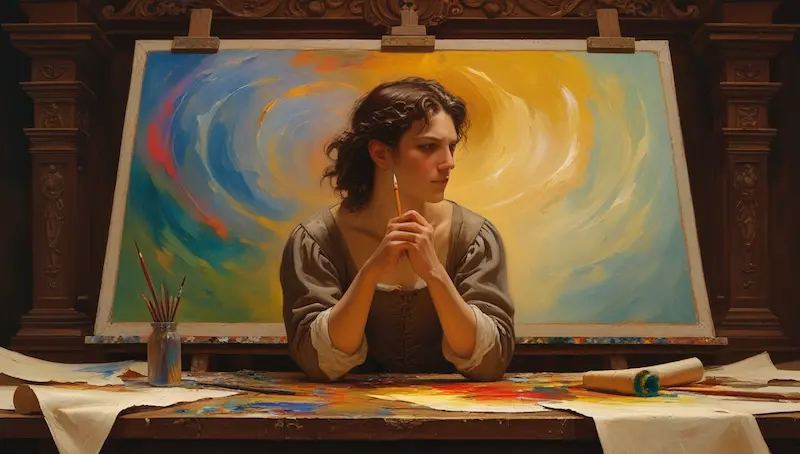
So, what does it really take to become great at something like design sketching?
- Deliberate Practice: Focus on specific skills, seek feedback, and challenge yourself regularly.
- Consistency: Improvement is gradual; regular, focused effort beats sporadic marathon sessions.
- Adaptability: Be willing to adjust your methods and learn from others.
- Passion and Curiosity: Genuine interest and a desire to grow will keep you motivated through setbacks.
Why This Matters for Designers
As designers, it’s easy to feel pressured by the myth that you must grind away for 10,000 hours to “make it.” But the truth is, your progress depends more on how you practice than how long you practice.
Embrace deliberate practice, stay curious, and don’t be discouraged by arbitrary numbers.
Mastery is a journey, not a finish line.
So, grab your sketchbook,
focus on improving one skill at a time, and remember:
it’s the quality of your effort,-,not the quantity of your hours-that will set you apart.
Let me know if you want this tailored further for your audience or with more personal anecdotes!
Draw with technique and love. You’ll make that spark of madness a skill!
Let me know your opinion, and let’s discuss about it.
Cheers,
Chou-Tac

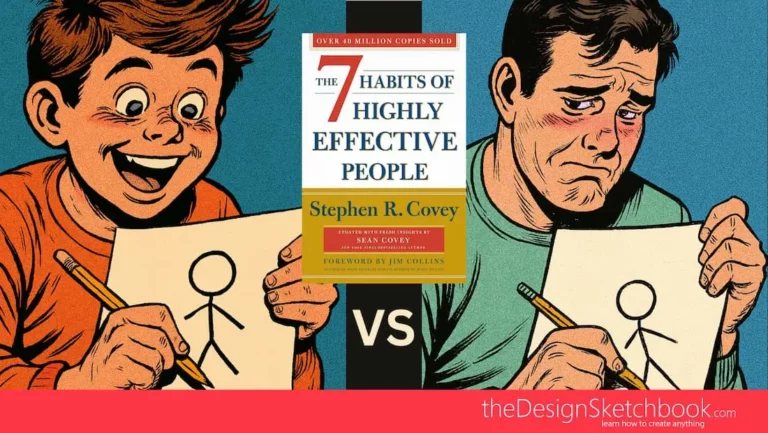
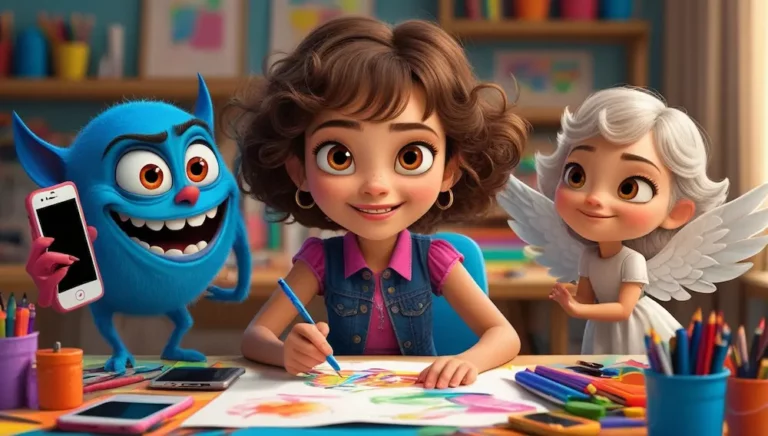


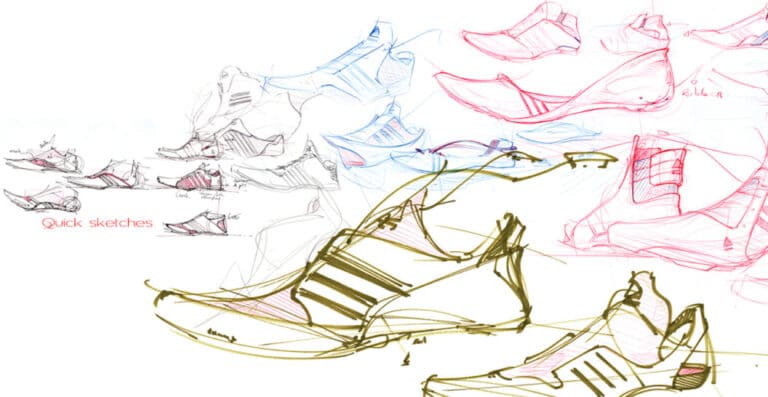
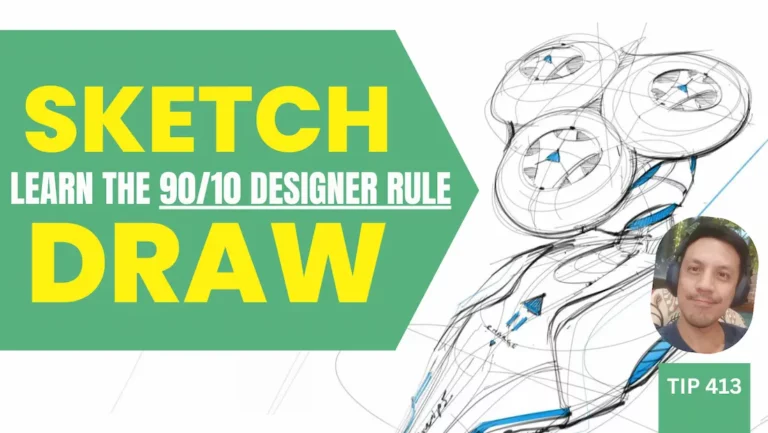



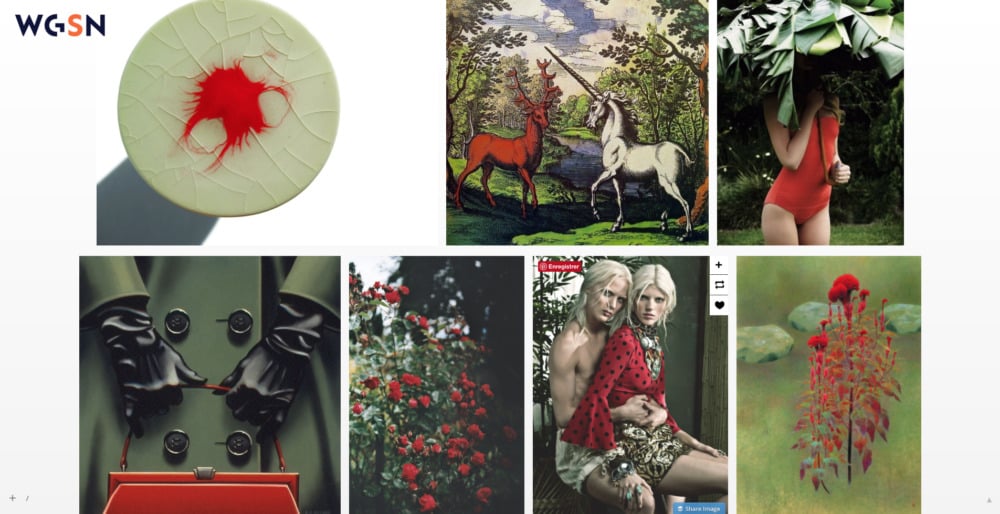
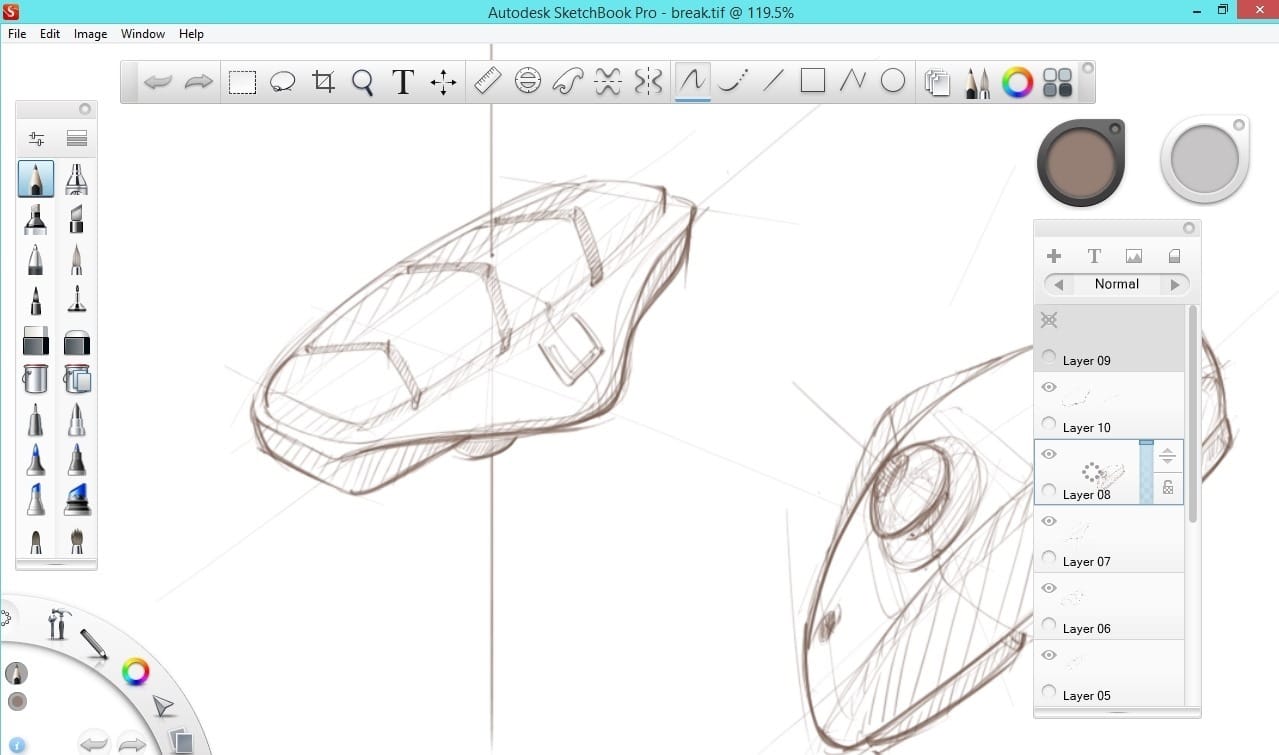
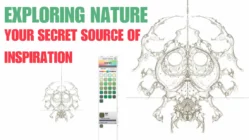

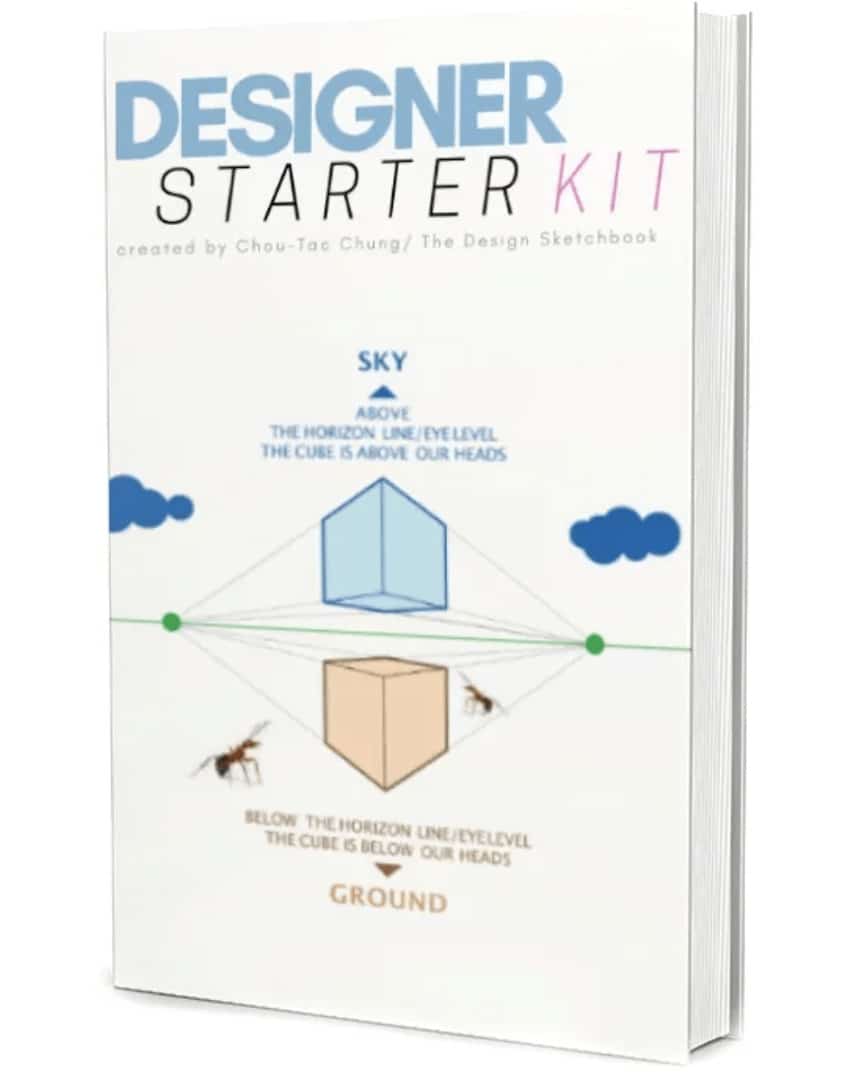


Mmmm what to say?
For first you are right!
You are also right!
To be able to work 10000 h you need a lot of “Engagement”.
For me personally, I have a lot of “engagement” but I’m too old to be able to do the 10000 hours, you have to be young like Mozart…
I will come back later on with more toughts about this subjet 😉
Thank you for your post!
Renata